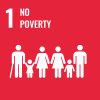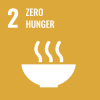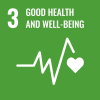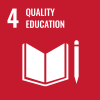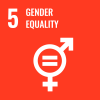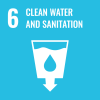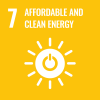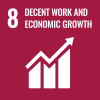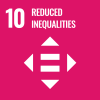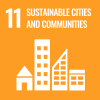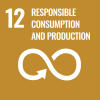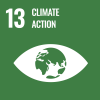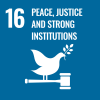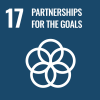If the world is to eradicate poverty, address climate change and build peaceful, inclusive societies for all by 2030, key stakeholders, including governments, must drive implementation of the Sustainable Development Goals (SDGs) at a faster rate, according to the The Sustainable Development Goals Report 2017, launched by UN Secretary-General Antonio Guterres.
Using the most recent data available, the annual Sustainable Development Goals Report provides an overview of the world’s implementation efforts to date, highlighting areas of progress and areas where more action needs to be taken to ensure no one is left behind. The Sustainable Development Goals Report 2017report found that while progress had been made over the past decade across all areas of development, the pace of progress had been insufficient and advancements had been uneven to fully meet the implementation of the SDGs.
“Implementation has begun, but the clock is ticking,” stated Mr. Guterres. “This report shows that the rate of progress in many areas is far slower than needed to meet the targets by 2030.”
Despite advances, acceleration is needed
While nearly a billion people have escaped extreme poverty since 1999, about 767 remained destitute in 2013, most of whom live in fragile situations. Despite major advances, an alarmingly high number of children under age 5 are still affected by malnutrition. In 2016, an estimated 155 million children under 5 years of age were stunted (low height for their age). Between 2000 and 2015, the global maternal mortality ratio declined by 37 per cent and the under-5 mortality rate fell by 44 per cent. However, 303,000 women died during pregnancy or childbirth and 5.9 million children under age 5 died worldwide in 2015.
In the area of sustainable energy, while access to clean fuels and technologies for cooking climbed to 57 per cent in 2014, up from 50 per cent in 2000, more than 3 billion people, lacked access to clean cooking fuels and technologies, which led to an estimated 4.3 million deaths in 2012. From 2015 to 2016, official development assistance (ODA) rose by 8.9 per cent in real terms to 142.6 billion US dollars, reaching a new peak. But bilateral aid to the least developing countries fell by 3.9 per cent in real terms.
Progress is uneven
The benefits of development are not equally shared. On average, women spent almost triple the amount of time on unpaid domestic and care work as men, based on data from 2010-2016. Economic losses from natural hazards are now reaching an average of 250 billion to 300 billion US dollars a year, with a disproportionate impact on small and vulnerable countries. Despite the global unemployment rate falling from 6.1 per cent in 2010 to 5.7 per cent in 2016, youth were nearly three times more likely than adults to be without a job. In 2015, 85 per cent of the urban population used safely managed drinking water services, compared to only 55 per cent of rural population.
About the Report
The Sustainable Development Goals Report 2017 is the annual assessment of global and regional progress towards the Goals. The report is based on the latest available data on selected indicators of the global SDG indicator framework, prepared by UN DESA with inputs from a large number of international and regional organizations.
 Welcome to the United Nations
Welcome to the United Nations
